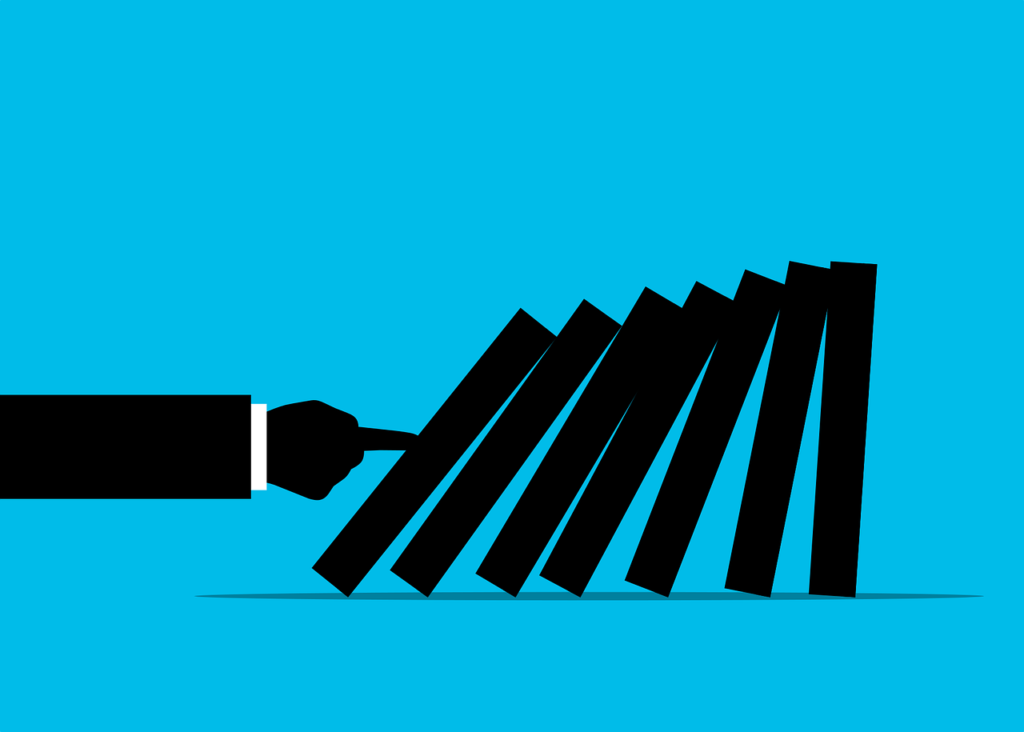
The Federal Reserve has been talking about raising interest rates for months, but now they’re finally starting. Our record-high inflation has the economy on edge. Raising interest rates will make it harder to borrow money; ultimately, that’ll make it harder to spend money, leading to lower prices and lower inflation. With the Fed’s plan officially underway, normal people need to understand how the Fed’s plan affects them exactly, has CNBC’s Jeff Cox reports.
The First Domino
The Fed raised interest rates by 0.25 percent in March. This was the first-time interest rates had increased since December 2018. Now, commercial bank lenders increase the interest earned on credit by a quarter. A single quarter increase might seem small but can add up depending on the line of credit. With this increase, the current interest rate falls between 0.2 and 0.5 percent. Additionally, it’s expected to cause the economy’s growth to slow, which falls in line with the Fed’s overall plan.
What Comes Next
The more it costs the average consumer to borrow money, the less money they will spend, making prices fall… in theory. Our current inflation might be harder to address than originally expected. The Consumer Price Index shows inflation is up by almost 8 percent, when the Fed predicted it would be just 2 percent. The Fed’s original plan was to raise interest three times through 2022. However, Fed leaders currently debate if seven-to-ten interest hikes over the next two years is required.
If each rate hike is between a quarter and a half of a percentage point, the U.S. could see raising interest rates 5 percent higher than what we’re paying today. That would certainly make it harder for the average consumer to afford a loan.
What’s the Final Domino
The Fed’s plan is nothing if not aggressive. The Federal Reserve’s leader Jerome Powell, in his address after the first interest rate hike, said that the final domino is price stability. The plan moving forward needs to prioritize flexibility, not just for the Fed but also for the average consumer. Seniors need to understand how much they’re spending, and plan for that number to increase over the next 18 months.
The Council for Retirement Security works to protect seniors’ benefits. By expecting the economic impacts to come, seniors will survive inflation. Save, spend when necessary, and utilize your benefits in anyway you need to; that way retirement can still be a possibility, even with raising interest rates.


